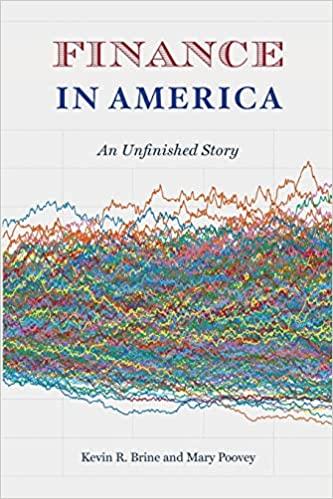Question
1. Currencies U.S. dollar foreign-exchange rates. May 5, 2011 Country/currency..in US$..............per US$ British Pound.1.5347.0.6516 Norwegian Kroner.0.1690..5.9173 Thai Baht..0.0310..32.250 Suppose a Big Mac costs $3.27 in
1. Currencies U.S. dollar foreign-exchange rates. May 5, 2011
Country/currency..in US$..............per US$
British Pound.1.5347.0.6516
Norwegian Kroner.0.1690..5.9173
Thai Baht..0.0310..32.250
Suppose a Big Mac costs $3.27 in Boston, and 101 Thai Baht in Thailand. In this circumstance, what can we say is TRUE?
| a. | Purchasing Power Parity does not hold, and Big Macs are relatively expensive in Thailand | |
| b. | Purchasing Power Parity holds, and Big Macs cost the same in these two cities | |
| c. | Purchasing Power Parity does not hold, and Big Macs are relatively cheap in Thailand | |
| d. | Purchasing Power Parity holds, and Big Macs are relatively cheap in Thailand | |
| e. | Purchasing Power Parity holds, and Big Macs are relatively expensive in Thailand |
2. What can we infer from the fact that the correlation coefficient between Project George and Project Puddy was 0.00?
| a. | That the expected return of the two projects will be zero (or close to zero) | |
| b. | That the projects have a direct relationship with each other | |
| c. | That the covariance between the two projects will be equal to zero | |
| d. | That the state dependent returns must have had equal probability of occurring | |
| e. | That the diversification gain between the two projects will be zero (or close to zero) |
Step by Step Solution
There are 3 Steps involved in it
Step: 1

Get Instant Access to Expert-Tailored Solutions
See step-by-step solutions with expert insights and AI powered tools for academic success
Step: 2

Step: 3

Ace Your Homework with AI
Get the answers you need in no time with our AI-driven, step-by-step assistance
Get Started


